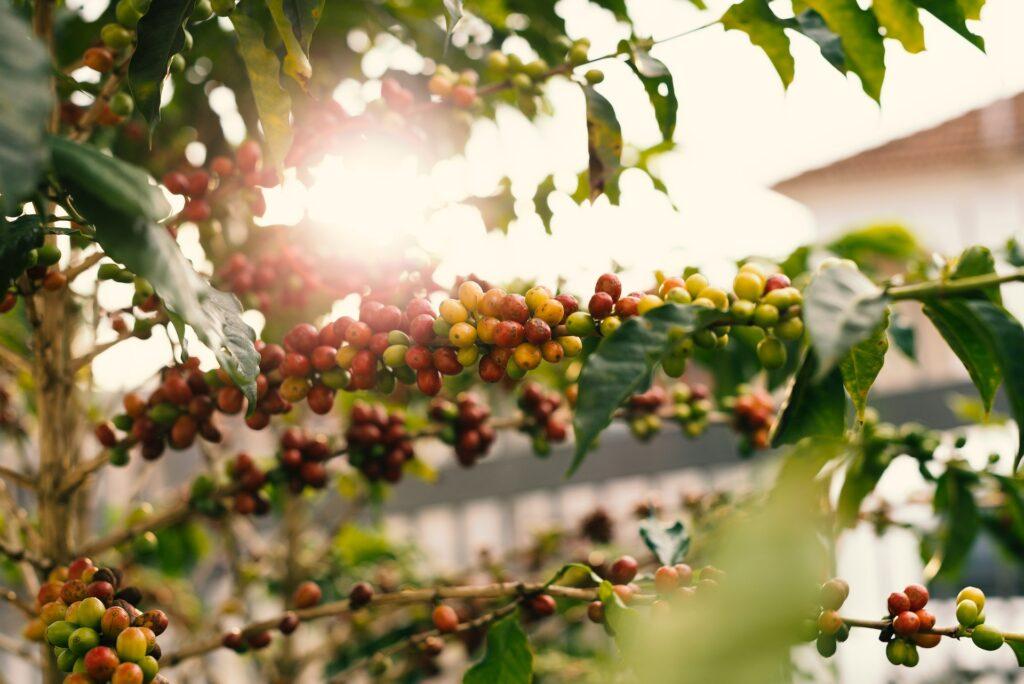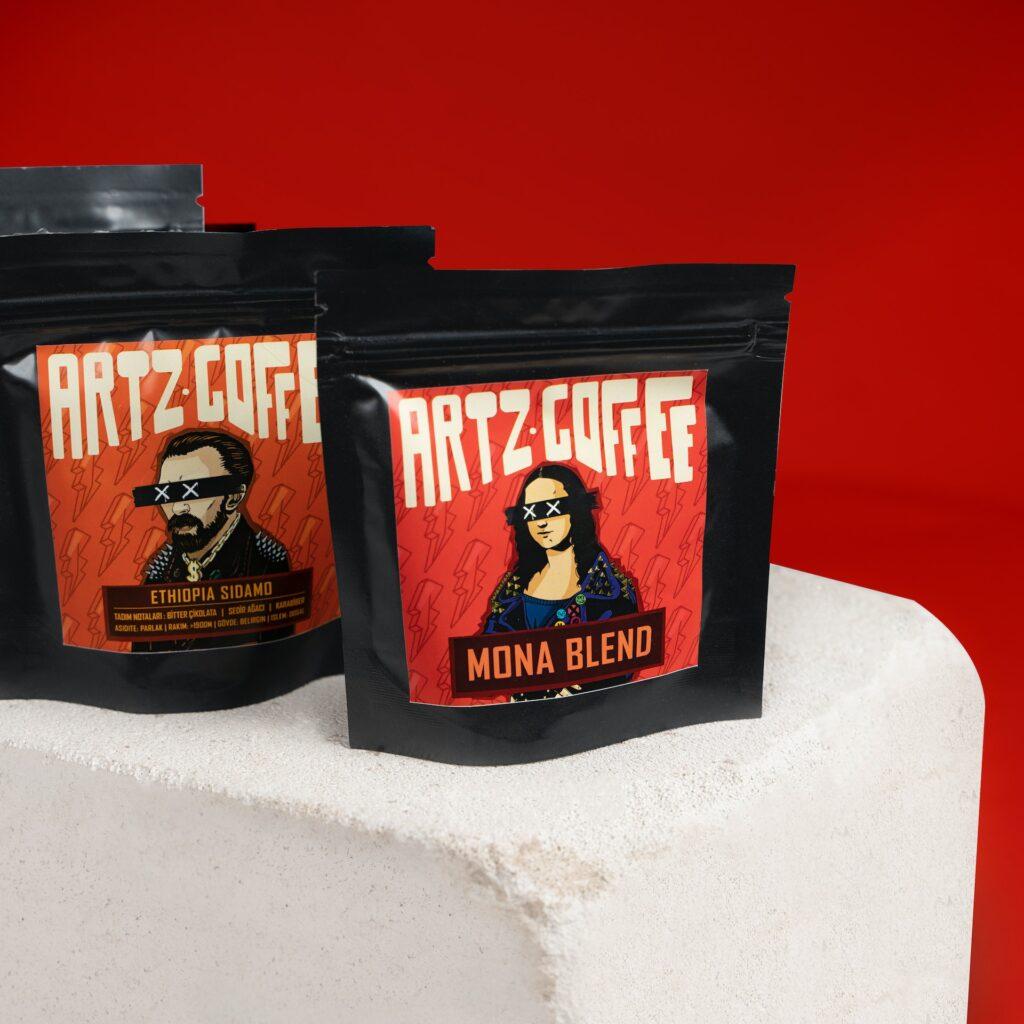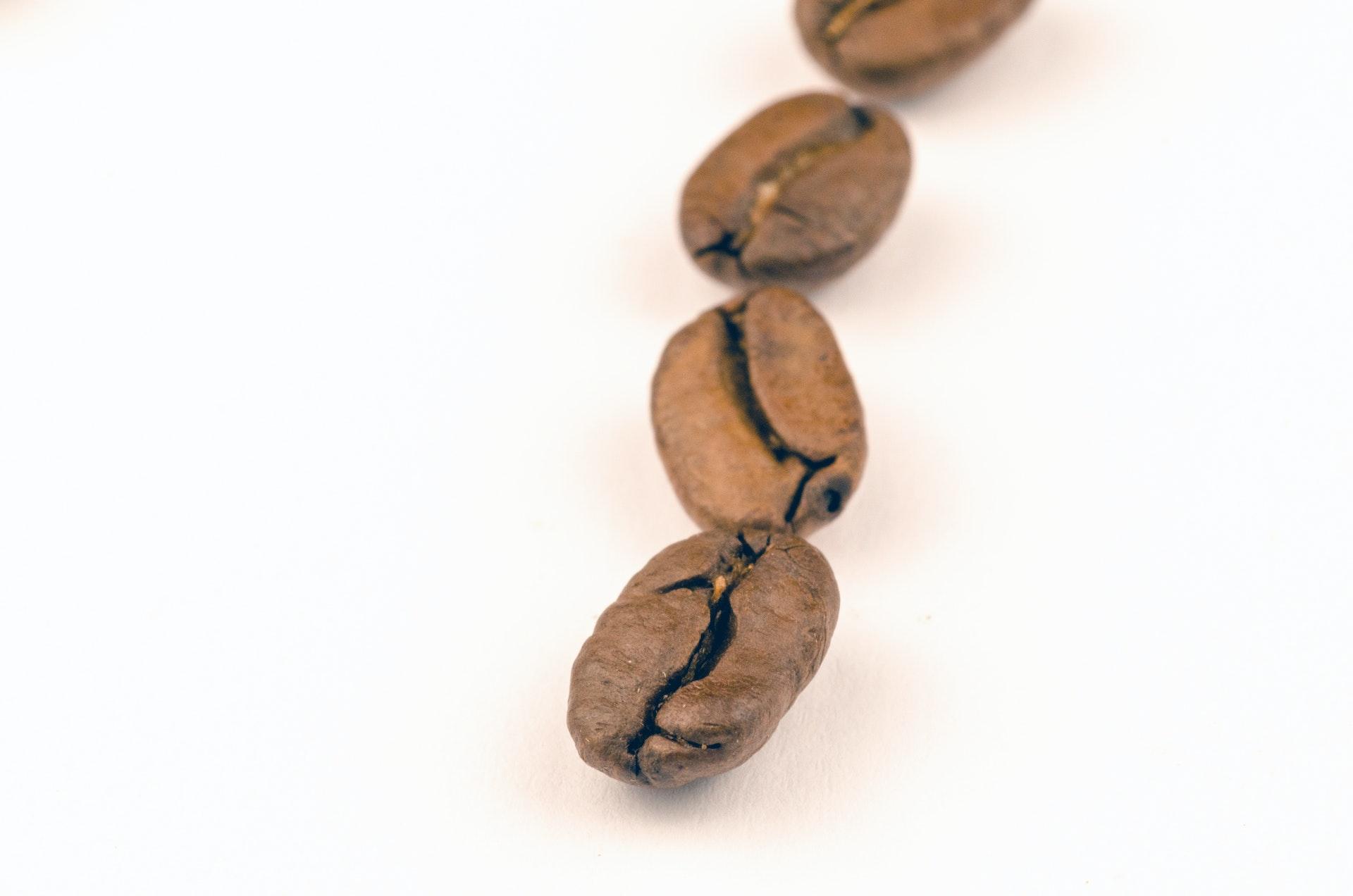Many things can spark a conversation among coffee lovers. One of the main debates you can have with other coffee fans relates to the differences between a blend and single origin coffee. With the growing trend of third-wave coffee, the popularity of blend coffee has dropped. But understanding the unique characteristics of each will help you make a wiser choice the next time you buy coffee.
Both terms are used often when describing coffee and its variants, but their meanings might not be familiar to everyone. This article can help clear that up, so keep reading.
Understanding the difference between single-origin and blend coffee, helps to have an understanding of how they are produced. Let’s take a look at both types in more detail and see some examples of each.

What is a Blend Coffee?
A blend coffee is a mix of different coffee beans. The number of coffees used in a blend can vary, but depending on the producer, it could contain as few as two types of coffee beans and as many as 20. When purchasing a coffee blend, you may be able to discern the percentage of the different coffees inside. For example, most Colombian coffees are blends, so you may see “100% Arabica.”, but it doesn’t mean it’s a single origin coffee. The percentage is a helpful way of identifying individual coffees. A blend might contain coffees from several different origins. If this is the case, the blend will be identified as such on the packaging. Most of the time, though, blends are a combination of just three coffees from various origins.
Usually, the types of coffee beans in a blend, and the ratio in which they are blended are determined by a blending expert in order to create a unique coffee blend and mix different types of flavor profiles in order to reach the desired coffee. While it may sound fantastic, a perfect blend creates a magical coffee, in reality, there are some downsides to blend coffee. First, the special characteristics of each region are lost. For example, the rich honey notes that are common for Guatemalan coffee will decrease when blended with beans from Africa. In addition, the ability to track your beans to the source is damaged when choosing a blend. The blending itself can be done before or after the roasting. The result of that is that you can find yourself with a coffee that is not evenly roasted. However, it doesn’t mean it will be bad.
What Counts as a Single Origin Coffee?
Single origin coffee is the beans from a single region, or in some cases, the same farm. This does not mean that the coffee bean came from a single tree on that farm, but that the coffee comes from that farm only. This is where the confusion comes in. Single-origin coffee doesn’t necessarily mean that the coffee comes from a single farm. Basically, it means that the coffee is from the same region and that the beans are grown in the same environment, and were treated with the same procedures.
Each region has its own unique features such as altitude, type of soil, climate, and more. This means coffee beans from a specific region will deliver certain characteristics. Coffee from Brazil will carry notes of dark chocolate while coffee from Colombia will have a more nutty flavor. This is because each region has its own unique features contributing to its profile. If you already have a specific preference for your coffee, you can pick a single-origin coffee to match your taste. This is one of the benefits of single-origin coffee, together with the ability to trace coffee to its source.
How to Spot a Blend Coffee
As we discussed above, a blend contains several different coffees, not just a single one. When you see a blend on the packaging, it will be identified as such. If you want to know how much of the blend is coming from each coffee, you’ll want to look for the country or region of origin. The country or region of origin will help you identify the percentage of each ingredient. You might see “100% Colombian” or “100% Arabica.” When you find a blend with these ingredients, it’s easy to see what’s going on. It’s important to remember that “100% Arabica”, or “100% Colombian” does not mean a single origin coffee. A blend might contain coffee beans from multiple countries, or it can just be a combination of different beans.

Should You Buy Single Origin or Blend Coffee?
If you’re interested in single origin coffee, you need to be careful not to get duped into buying a blend. When looking for a single-origin coffee, you want to make sure the beans come from a single region. Nowadays, single-origin coffee will be clearly labeled as such. As mentioned before, when buying single origin coffee, it’s key to learn about the special flavor profile of each region and match it to your personal taste. In some cases, you may come across a blend that perfectly suits your taste buds. In that case, stick to your blend. However, keep in mind that roasteries may change their blends from time to time.
At the end of the day, we’re recommending experimenting with different types of single origin coffees until you find your match. You can find a list of our favorite single origin coffee here.
Conclusion
Single origin and blend coffee are two different types of coffee. Single origin coffee is sourced from a single region or farm and is produced using a specific technique to get the most out of the specific type of bean. On the other hand, Blend coffee is sourced from a number of countries, regions, or farms and produced using a variety of techniques to reach to unique coffee the blending expert was aiming to create. Some coffee lovers may prefer this over the other based on their personal preferences. Either way, it all starts with understanding what set blend and single origin coffee apart.
